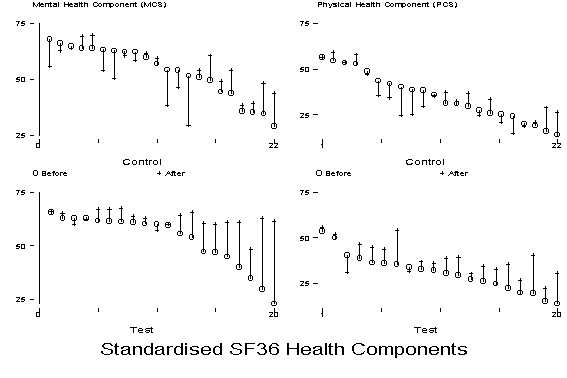
2006) and the detection of early subclinical respiratory effects after acute or chronic environmental exposures, including swimming pool attendance. The development of methods to evaluate respiratory and systemic biomarkers in blood, exhaled breath condensate (EBC), and exhaled breath has allowed the assessment of pathobiological mechanisms underlying respiratory disorders ( Bonetto et al.

However, one of the unsolved questions is what are the biological mechanisms behind these health effects ( Bonetto et al. 2009 Goodman and Hays 2008), respiratory symptoms and asthma are consistently more prevalent among competitive swimmers compared with other athletes ( Goodman and Hays 2008). Although an increased asthma risk among children attending pools has been suggested but not confirmed ( Font-Ribera et al. Cases of occupational asthma and trichloramine sensitization have been described in pool lifeguards ( Thickett et al. Subjects exposed chronically to the swimming pool environment, such as pool workers, showed irritant eye, nasal, and throat symptoms ( Jacobs et al. A range of acute symptoms has been described among bathers after accidental exposure to high levels of chlorine in swimming pools, including mucosal and ocular irritation, cough, rash, dyspnea, and lung function decline ( Bonetto et al.

Despite the benefits of physical activity, health concerns are growing because swimming in pools involves exposure to disinfectants and disinfection by-products (DBPs), such as trihalomethanes (THMs), one of the classes of DBPs at highest concentration in swimming pools, and trichloramine, a known irritant ( World Health Organization 2006).

Swimming is practiced extensively in Western countries ( Vaz et al.


 0 kommentar(er)
0 kommentar(er)
